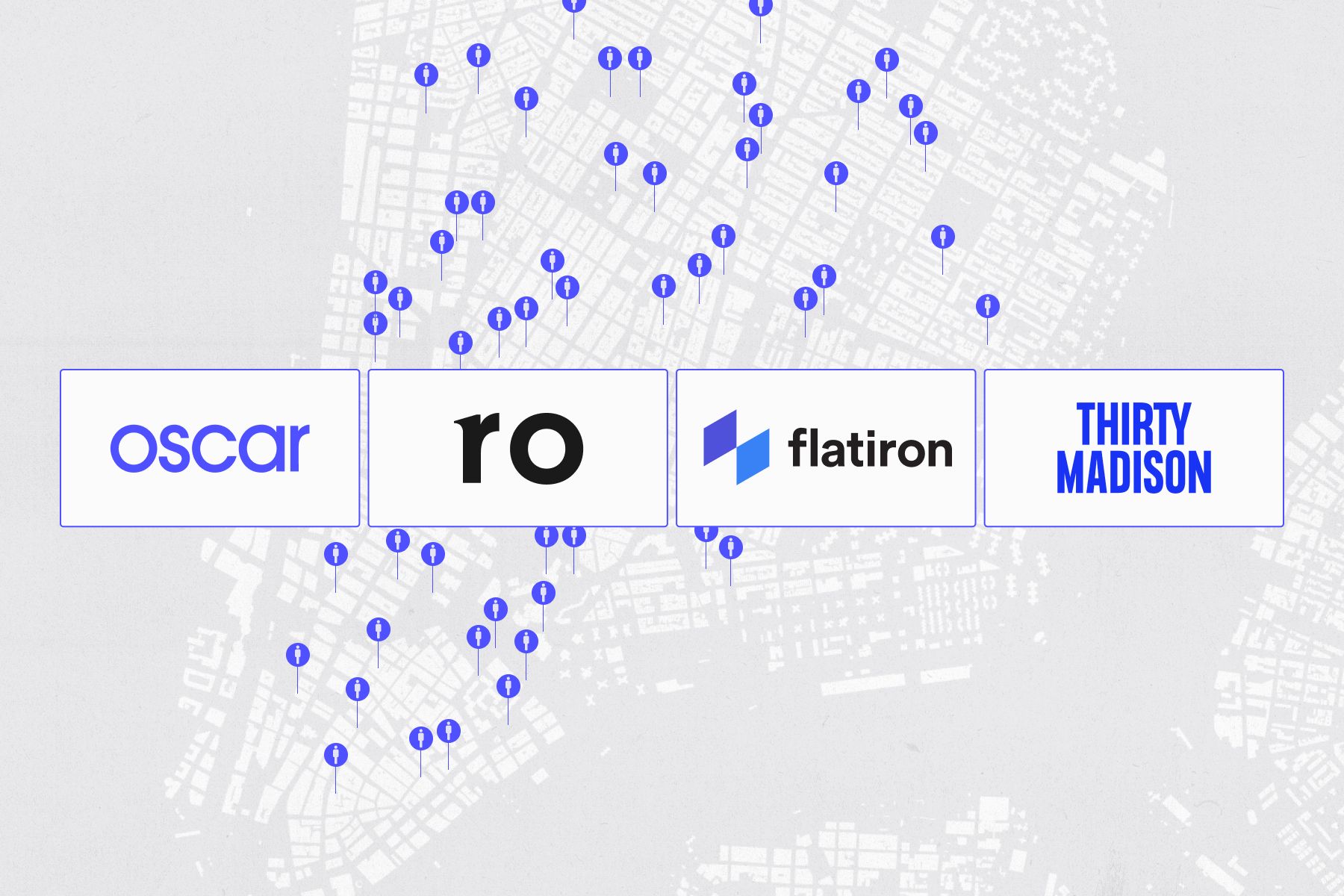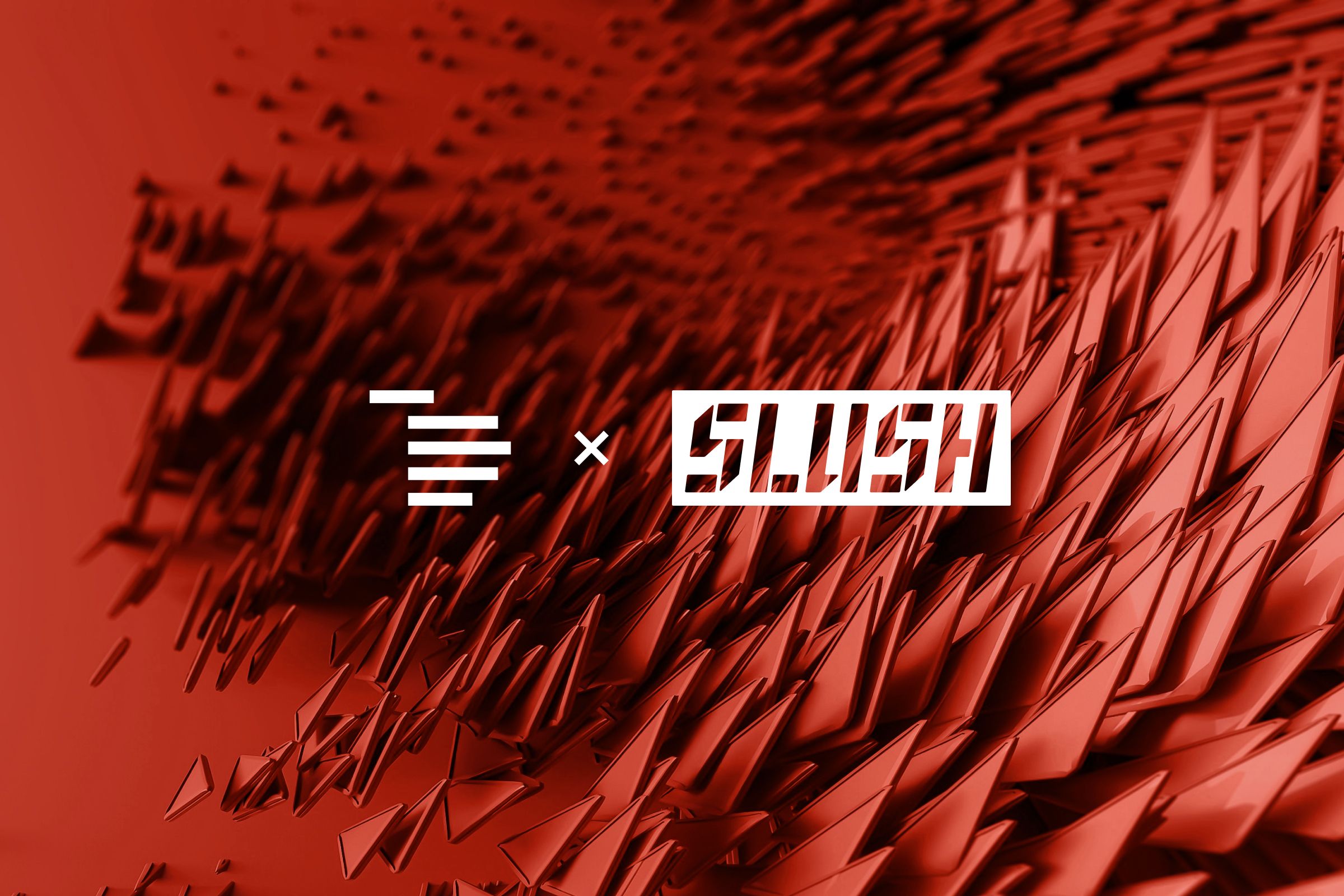With Hundreds of Billions up for Grabs, the Race to Power Legacy Industries just Got a lot More Interesting.

Some of the world’s largest industries are increasingly demanding software built specifically for their needs. Nina Achadjian on our team explores the powerful combination of vertical SaaS and payments in the quest to becoming the system of record for these massive sectors.
One of my earliest childhood memories is of my dad coming home from work, carrying piles of blueprints and stacks of electrical code guidelines. As an electrical engineer in charge of designing some of California’s most complex systems, he’d spend hours manually analyzing, annotating and comparing electrical plans. He would then have to wake up at 5am to physically deliver the plans to the construction site, since the files were too big to send over email. The entire process was extremely manual and took days.
Thirty years later, not much has changed. My dad still runs most of his business using pen and paper or Excel files. There are millions of other small business owners (29 million to be exact) just like my dad, largely neglected in an era of technology transformation.
While traditional methods may have worked until now, being a small business owner today is ripe with new challenges. One has to accept dozens of payment methods, deal with fiercer competition due to the lower barrier of entry of starting a business, and deliver seamless, personalized and often on-demand experiences for customers. Many business owners have been left to choose between sticking to pen and paper or buying clunky, legacy on-premise solutions built for their industries.
These new dynamics have led to the rise of vertical SaaS, which is cloud and mobile-first software that is built to suit unique workflows of particular industries. From a business perspective, building a vertical SaaS company could at first seem risky -- selling to one kind of customer and limiting the addressable market goes against traditional best practices. However, as one starts to dig deeper, the true scale and potential of these markets come to light. Take for example the following industries: construction ($1 trillion), home maintenance ($400B), urgent care ($18B) or auto repair ($67B), all multi-billion dollar verticals. Some companies have been early to capitalize on this opportunity, including Veeva ($16B), a CRM for pharma and life science companies, Procore ($3B), a construction project management solution, ServiceTitan ($1.7B), a home maintenance platform or Toast ($1.4B), a restaurant management tool.
So what’s the playbook for becoming the leading software provider in a particular industry?
Pick a massive industry ripe for disruption. Some of the largest industries today are still run by Excel spreadsheets and paper notepads. Think oil and gas, healthcare, education, logistics, transportation and government. These are all $50B+ markets which provide ample opportunities for generating $100M+ in annual recurring revenue.
Develop domain expertise. Nothing is more powerful than having domain expertise in the DNA of the founding team. Take Saji Wickramasekara and Ashu Singhal, co-founders of Benchling, who worked as a research assistant and studied biology respectively, before leaving to build the first biologics end to end workflow solution; or Ara Mahdessian and Vahe Kuzoyan, co-founders of ServiceTitan, who both worked for their fathers’ plumbing and residential contractor businesses before creating the leading home maintenance company; and lastly, Tracy Young, CEO of PlanGrid, who worked for 6 years in construction before building a world-class blueprint rendering and authorization solution.
Start with solving one very large pain point. In order to become mission critical, the most successful vertical SaaS companies start with one very clear value proposition. Procore, for example, started by providing users with a way to collaborate on projects and view documents. Everyone from general contractors to engineers can edit and share project data from the job site. Built, a company that provides software for construction lenders, began by eliminating the need for spreadsheets and emails in the loan administration process.
Be the system of record. Once a company has solved a critical pain point, it can continue to build more products. Whether it starts as a messaging feature, call tracking or scheduling tool, vertical SaaS companies can quickly become the backbone of these very businesses. For example, ShopMonkey, an auto repair shop software, grew from a customer CRM to a scheduling and inventory management system for thousands of car mechanics. The leading indicator on whether a business has successfully become a system of record is churn. Many of these industries are composed of SMBs, whose churn on horizontal SaaS products is typically in the range of 10-15%. With vertical SaaS, however, annual churn rates are less than 5% simply due to how mission-critical these solutions become.
Become the system of everything - integrate payments and tap into an even larger TAM. Once a vertical SaaS company owns the workflow of a business, the next vector of growth is powering every dollar that flows in and out of it. Many companies try to start with the consumer marketplace model that takes a percentage of payments. Without building the SaaS product first and, as a result, having access to the underlying schedules or locations, there is little lock-in on these marketplace models. Conversely, companies like OpenTable, Shopify and Mindbody started with SaaS and then layered on payments. Today, Shopify takes a small percentage of every transaction that happens on their retail customers’ websites, which is why payments revenue accounts for roughly 55% of the company’s total revenue. MindBody also dips into payments, with roughly 34% of its total revenue coming from collecting a few basis points of every class booked on the platform. Private companies have also done the math: taking even a small percentage of revenue can be much bigger than charging a monthly subscription fee based on users or seats. For example, Solv Health not only provides urgent care clinics with software for making scheduling easier, but also is the front door of consumer health which enables it to power patient payments and capture a portion of the $18B flowing through urgent care clinics. Finally, a company like Boulevard enables salons and spas to manage bookings and customer CRM, as well as processing the $144B spent on those services through their platform.
Expand to adjacent verticals. Once a company has figured out how to become the system of record for one particular vertical, there are often massive adjacent markets that with a few tweaks, could be addressable as well. As ServiceTitan quickly realized, there is no reason their operating system for plumbers could not also work for roofers, window washers, pest control and pool cleaners.
We are only in the early innings of the verticalization of SaaS. There are still many multi-billion dollar industries that are desperate for best-in-class software solutions, one that is built by people like them for people like them. The upside for companies that capitalize on this opportunity is huge and the race is on.
Index Ventures is an investor in ServiceTitan and Built.
Published — May 29, 2019

